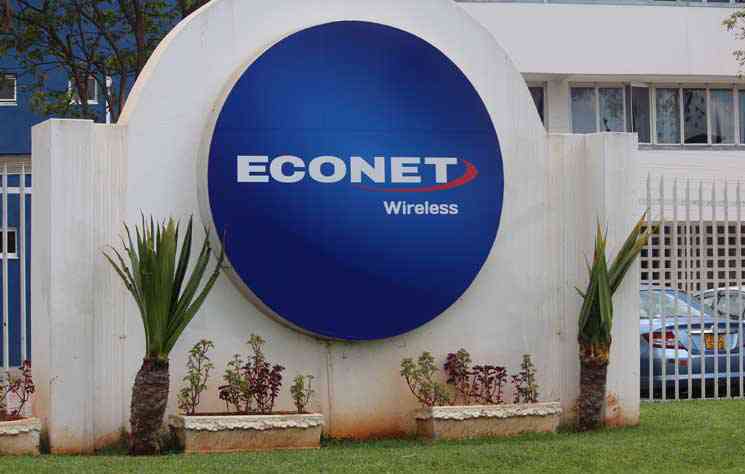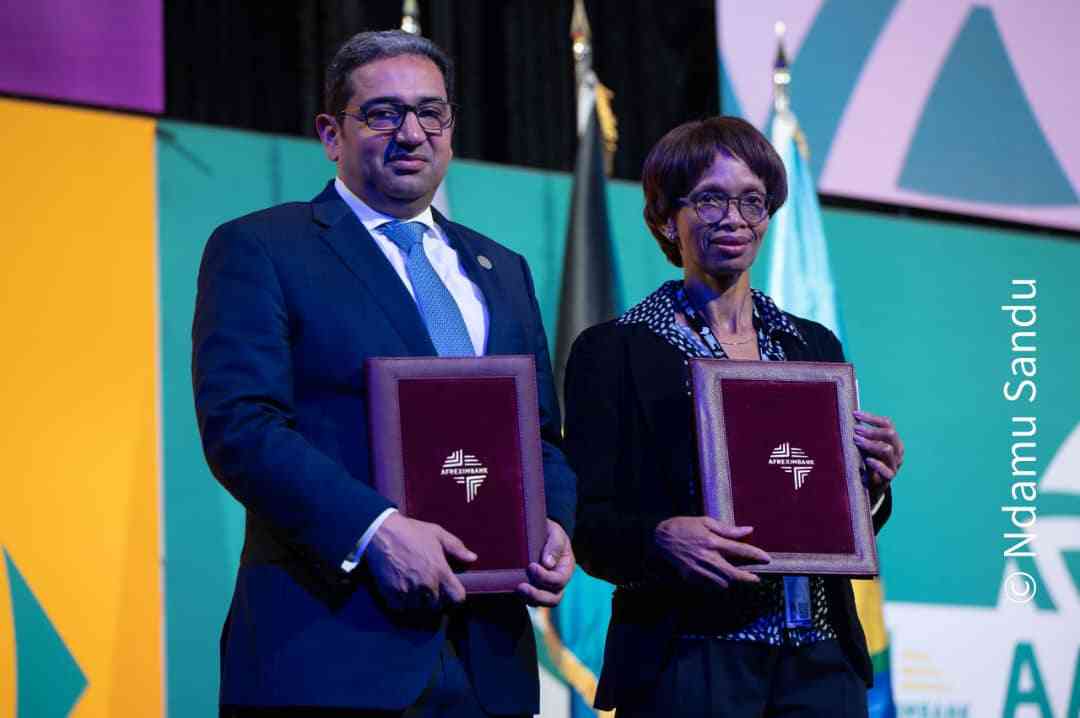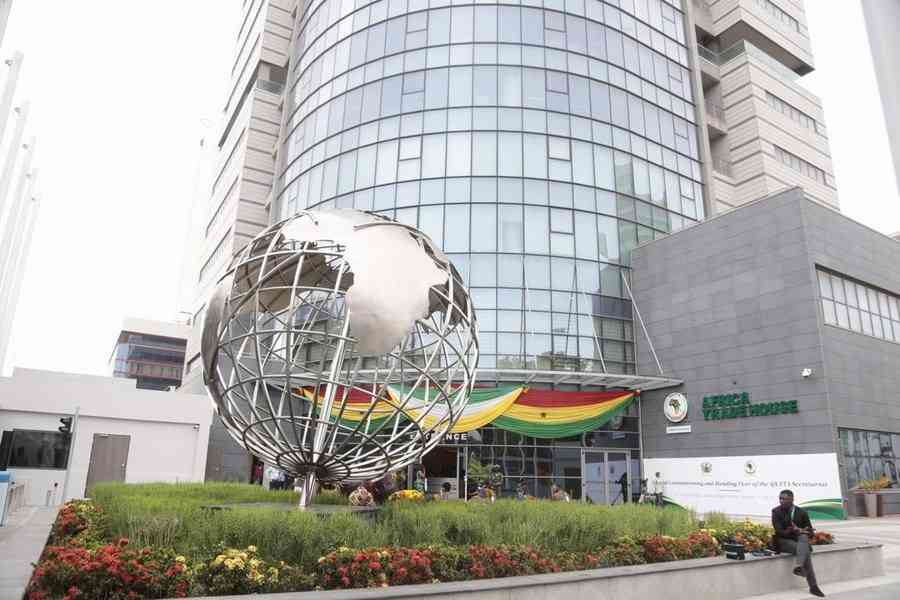
Mobile broadband is developing rapidly across the world, especially in urban areas. In this new era, wireless networks will require many small cells across a city to ensure a better user experience, improve network performance, and prepare for 5G-oriented evolution in the future.
Huawei
This requires telecom operators to shift from pure macro cell towers, which are hundreds of feet tall and transmit wireless signals for miles, to embracing multi-layer networks that enable small cells from virtually any site such as street lamps, utility poles and traffic lights.
Market insights indicate that enormous resources are available around the globe for site deployment, including approximately one billion power and street light poles, 100 million monitoring and transmission poles, 10 million phone booths, and 10 million billboards.
Most of these poles already have the core elements required to deploy a site, such as power and transmission resources, and right of way, making them ideal site locations.
It is estimated that the number of outdoor pole sites will exceed the number of traditional tower sites by 2020, and outdoor pole sites will become the mainstream option for the intermediate network layer.
According to ABI Research, over the next five years pole site usage is expected to grow by 26% per annum.
The benefits of pole sites are recognised by operators and many are gaining access to sites through third-parties that have already-approved sites. However, there are still significant obstacles in terms of finding appropriate sites, obtaining permits and meeting regulations which have long approval cycles, and high rental fees.
- Chamisa under fire over US$120K donation
- Mavhunga puts DeMbare into Chibuku quarterfinals
- Pension funds bet on Cabora Bassa oilfields
- Councils defy govt fire tender directive
Keep Reading
For example, in South Africa, the average site approval includes leasing negotiations, aviation approval, environmental approval, government approval, and many other links.
The approval cycle takes up to six months and the average success rate is only 30%. Traditional site construction takes at least one month and civil engineering costs account for nearly 50% of the total site construction costs, which can impact the operators’ investment in equipment and network supply capacity.
To help operators overcome these challenges and seize growth opportunities, Huawei’s approach is to help operators optimise total cost of operation, shorten return on investment and enhance site efficiency.
Huawei has developed scenario-specific solutions namely PoleStar, TubeStar, and RuralStar that enable more sites in a simple, fast and cost-efficient manner.
Huawei PoleStar is for urban areas and can be installed on lamp posts and a variety of other locations. Huawei TubeStar enables wireless devices to be embedded in light poles and is, therefore, environmentally friendly allowing operators to easily obtain permission for installation in sensitive areas. Huawei RuralStar is useful in rural areas because it decreases power consumption by 85% and costs by 70%.
In South Africa, a site alliance has been formed from co-operation between stakeholders, such as the government, businesses and operators. With a wealth of experience in network planning, Huawei is fully aware of the locations where sites must be added and provided valuable insight into which specific sites could be leased to multiple operators.
By deploying pole sites, South Africa MTN, which operates in many African countries, has saved $75 000 in construction costs for each single site, the site TTM is only four to five months, and the investment payback period for central urban areas is less than one year.











